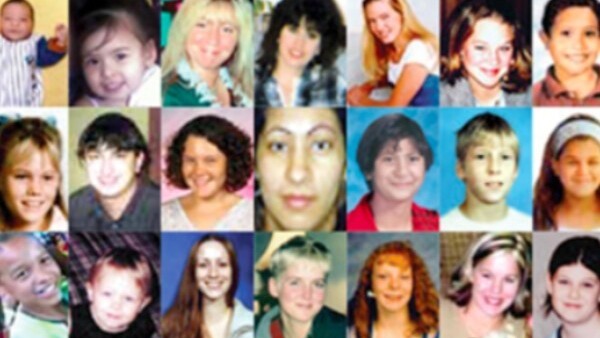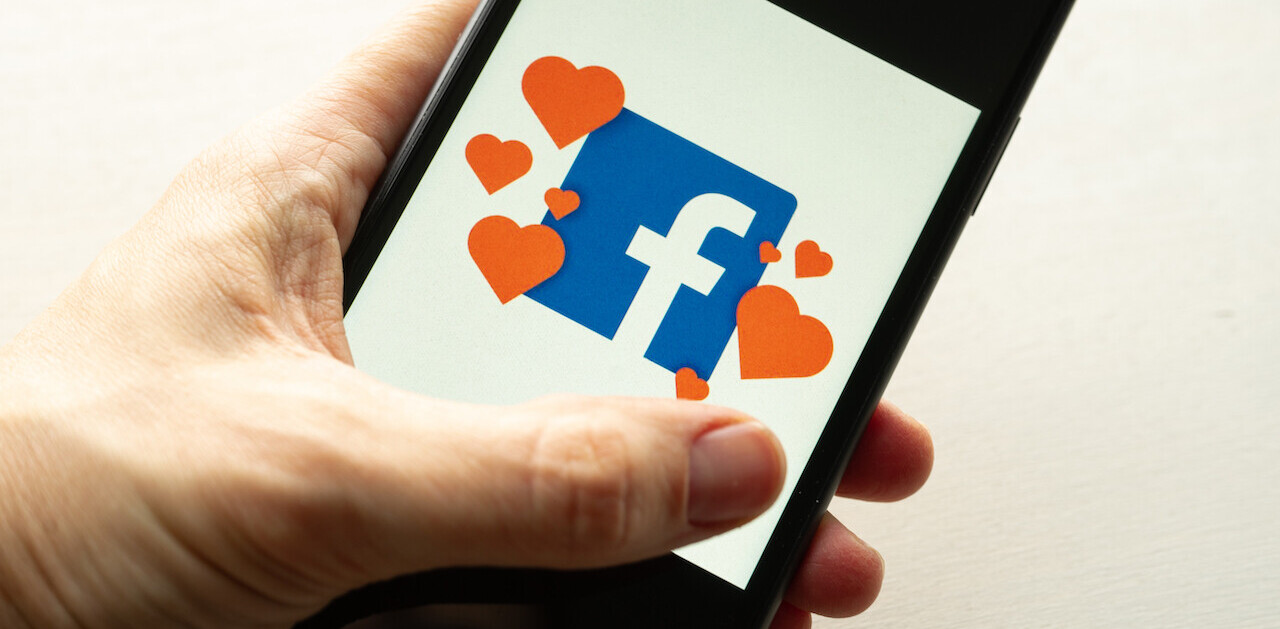
 Every year in the United States, almost 800,000 children are reported missing. Some are stolen away by a parent, used as pawns in bitter custody disputes. Others are runaways, purposely escaping their homes or families. And in the most heartbreaking cases, the child is abducted by a willful predator with the intention to assault, exploit and ultimately murder their victims.
Every year in the United States, almost 800,000 children are reported missing. Some are stolen away by a parent, used as pawns in bitter custody disputes. Others are runaways, purposely escaping their homes or families. And in the most heartbreaking cases, the child is abducted by a willful predator with the intention to assault, exploit and ultimately murder their victims.
When children are taken, one of the most powerful ways to help ensure their safe recovery is by enlisting the community at large. In the past, this was done with “Missing Person” posters, through news outlets and of course, by printing photos on the back of milk cartons. But as social media becomes more and more integrated into our daily lives, we gain a valuable resource that allows us to mobilize an infinitely larger community, connecting millions of people to share information and aid in the search for a missing person.
How It Works
On December 6th of this year, 12-year-old Brittany Mae Smith was reported missing when the body of her mother, Tina Smith, was discovered in their Roanoke, Virginia home. Soon after, a community page called “Help Find Brittany Smith” appeared on Facebook, populated with pictures of Brittany and updates on the search effort. In the days that followed, the page garnered more than 9,000 Likes, and police received over 700 tips related to the case. Four days later, Brittany was found in San Francisco when a grocery store cashier recognized her from a photograph.
Although Facebook didn’t directly contribute to her safe recovery (the cashier saw images of Brittany on the news), it almost certainly increased the odds that she would be identified. “One of six children is located because someone recognizes them in a photograph,” said John Shehan of the National Center for Missing & Exploited Children (NCMEC) in Virginia. “But with more than 500 million active users on Facebook, that statistic is greatly enhanced when someone creates a page for a missing child.”
And since the evening news ratings declined across the board in the second quarter of 2010, it’s likely that social media will continue to increase in popularity as a way to broadcast a request for help from the general population. The concept is nothing new: if we can cast a wide enough net, we should be able to find someone who has seen or heard something that will can help. Social media simply increases the size of the net.
Broader Audience = Broader Reach
The sharing of information is the single most important tactic in the search for a missing person. Facebook and Twitter are uniquely suited to this task, as both outlets have the power to quickly harness the collective resources of the community, providing an exponential increase in the speed that word can travel. It’s the ripple effect; I spread the news to my 500 Facebook friends, and they pass it on to each of their 500 Facebook friends, and so on and so forth.
In a recent piece for The Atlantic, Jared Keller highlighted an excellent example of the impact that social media can have through the story of Joe Sjoberg, who was last seen on November 29th. When Sjoberg disappeared, his family created a massive social media campaign to find him, including a Facebook group called “Help Joe Sjoberg Missing,” a website, a YouTube video and an online flyer. The Facebook group currently has 11,877 members and an AskReddit thread on the topic has more than 450 responses. Although Sjoberg is still missing, social media has had a tangible impact on the search. Keller related the following story from a family friend of the Sjoberg’s, Rachel Mandell-Rice:
“On December 4, 2010, we learned that Joe had researched private airstrips in Wisconsin. Within 90 minutes of posting a request for help on the ‘Joe Sjoberg Missing’ Facebook page, volunteers had contacted the almost 600 private airstrips in Wisconsin, and faxed or emailed flyers with information. Subsequent posts for help have received an overwhelming response, allowing us to contact over 200 Wisconsin-area hotels and more than 200 local hospitals. Volunteers have emailed or faxed hundreds of flyers to gas stations and local businesses. They have also searched miles of airport parking lots in Milwaukee, Madison, and Chicago. Without social media, this process would have taken police weeks to complete.”
The same strategy is being used by an organization in Great Britain called Help Find My Child. The group hopes to use Facebook and Twitter to try to find 12 missing children as part of their “Countdown to Christmas Campaign.” Every day from December 13th until Christmas, the organization’s Facebook page and website will feature one missing child and urge followers and celebrities to get involved by retweeting the child’s information.
Even the traditional AMBER Alert system is taking advantage of social media. Ontario’s Amber Alert program partnered with Facebook to launch a special page in October that provides users with targeted messages and broadcasting alerts when a child has been abducted in the province. In the US, some enterprising graduate students at the University of Buffalo have created a (somewhat) location-based app for Facebook called AMBER Alert: Project Blue that notifies users when an AMBER Alert goes out within 50 miles of the city listed on their profile as their current location. And at the National Center for Missing and Exploited Children, you can download a widget for your blog or any web page that will show AMBER Alert updates.
While society is still getting the hang for using Facebook and Twitter in such instrumental, life-changing ways it’s impossible not to acknowledge the ability of a network as grand as Facebook. It’s certainly more useful than a face on a milk carton.
Get the TNW newsletter
Get the most important tech news in your inbox each week.





